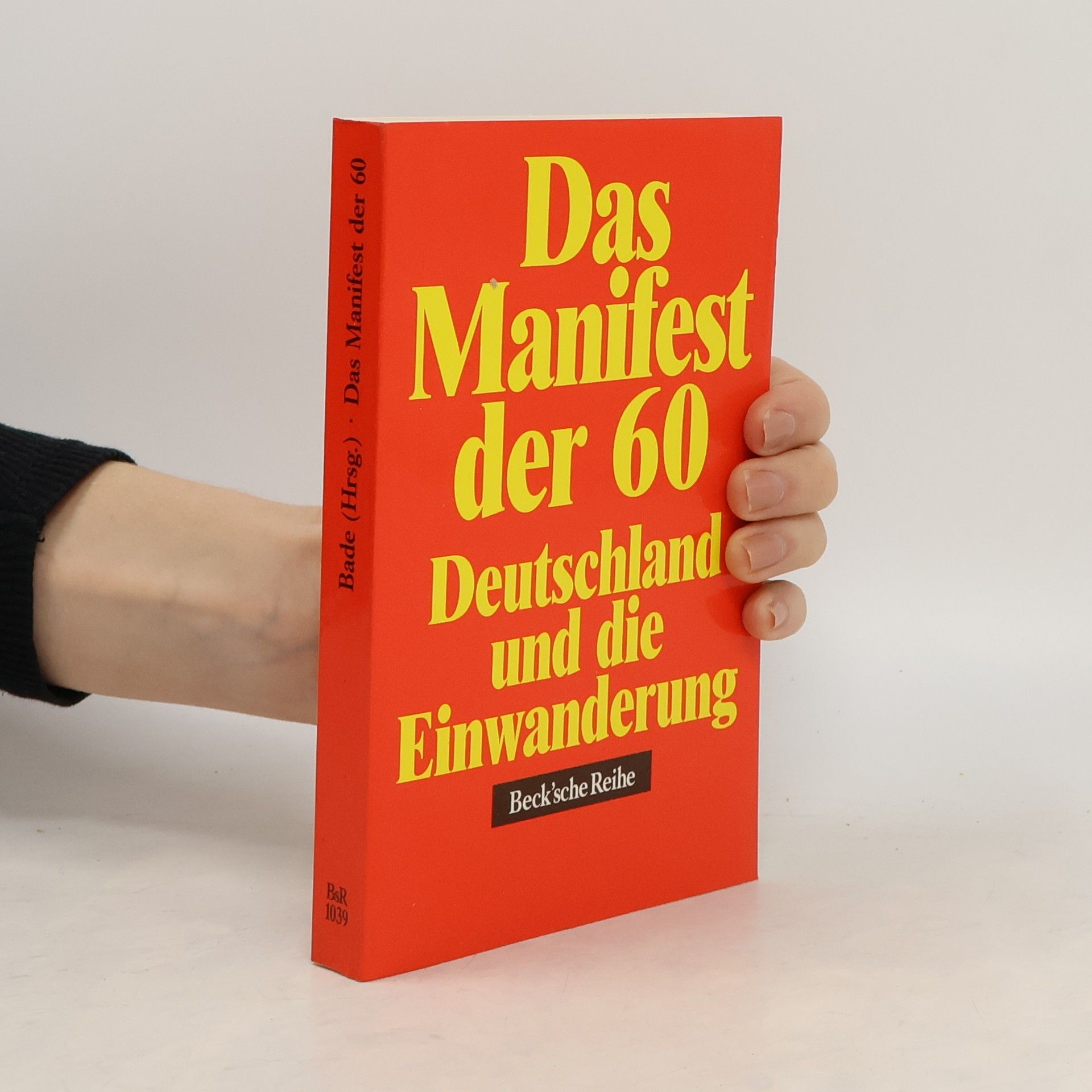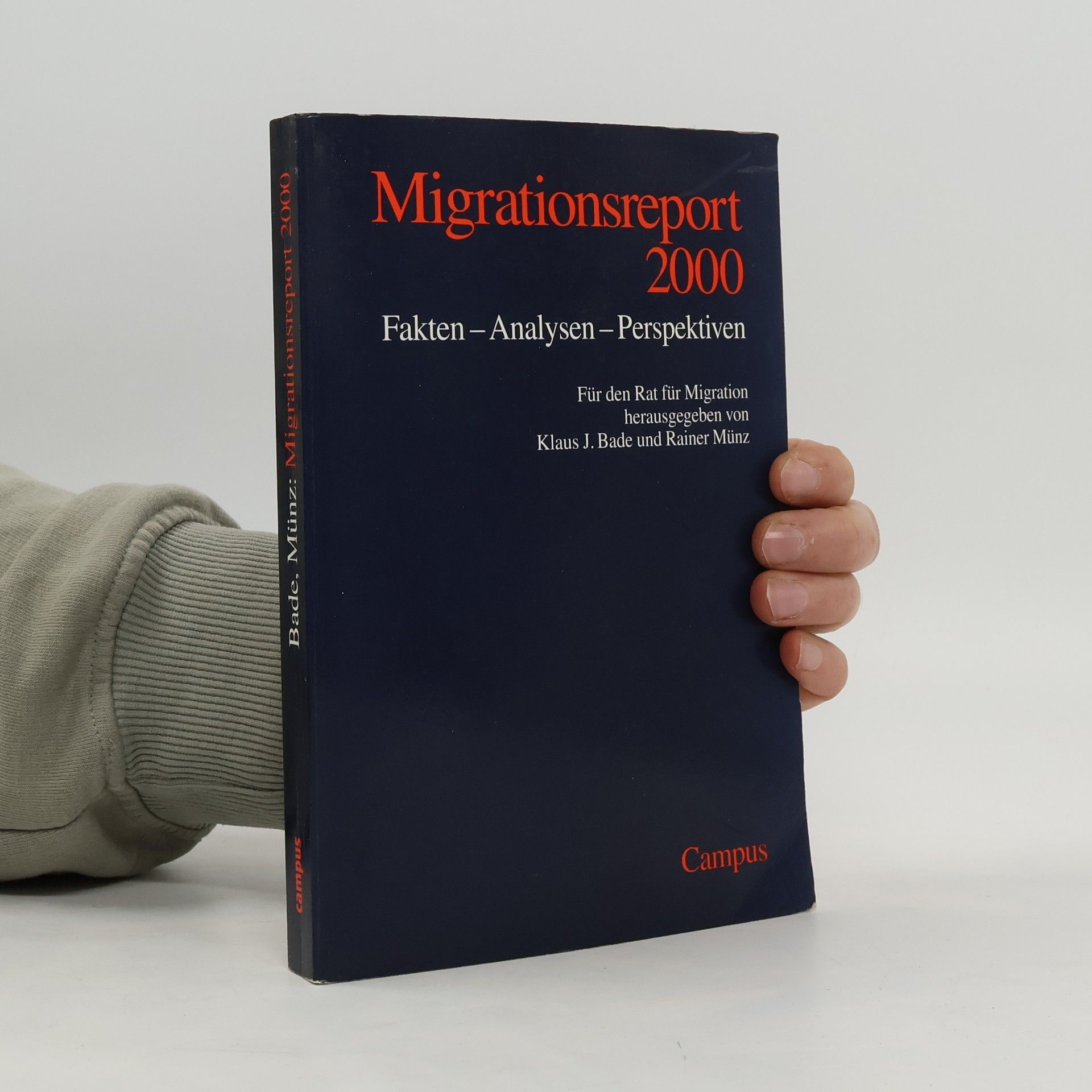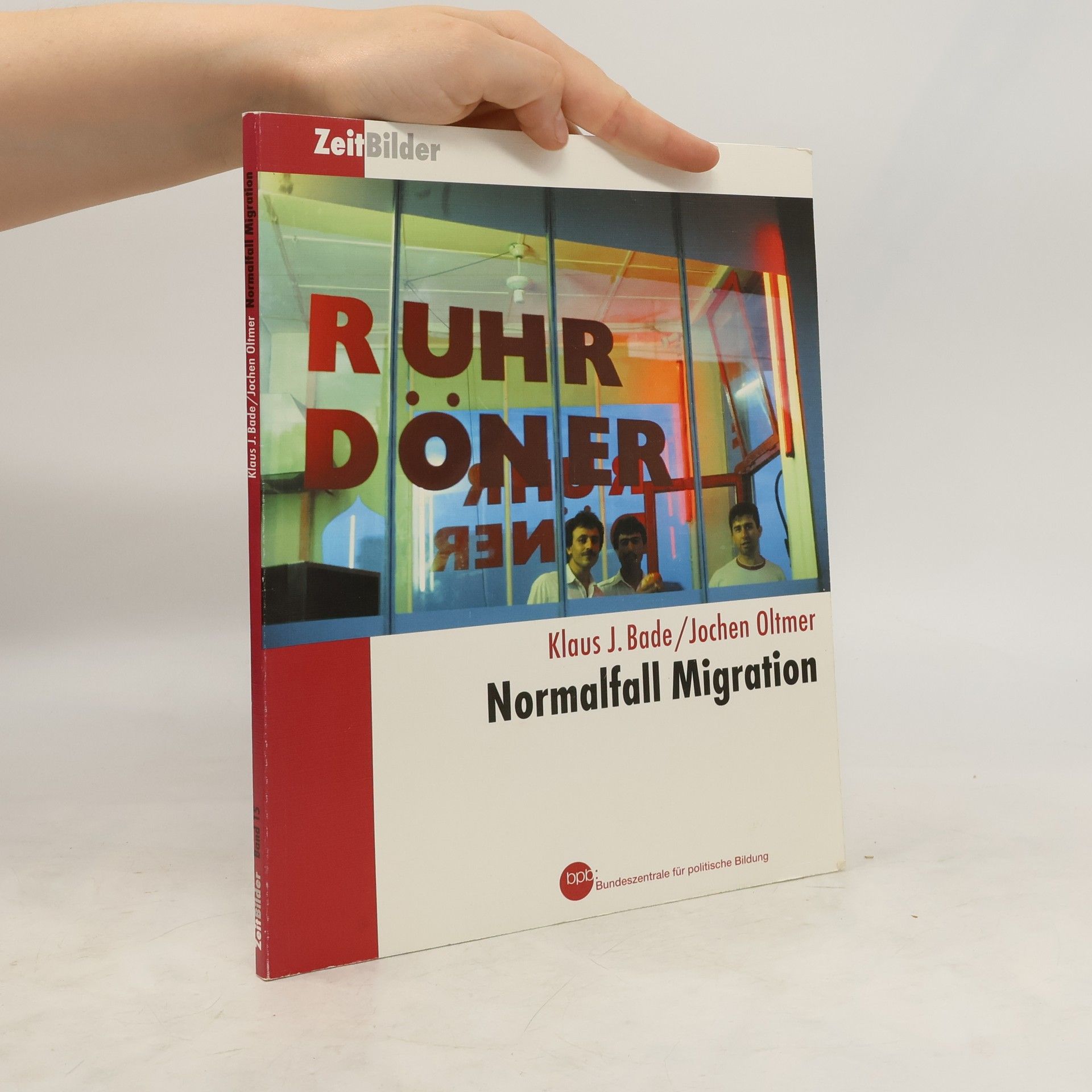Kritik und Gewalt
- 398 pages
- 14 hours of reading
Die Integrationsdebatte nach Thilo Sarrazins Buch offenbarte ein Paradox: eine wachsende Akzeptanz des kulturellen Pluralismus, besonders unter Jüngeren, und gleichzeitig massive kulturelle Ressentiments in der Einwanderungsgesellschaft. Der renommierte Migrationsforscher Klaus J. Bade beleuchtet die Ursachen und bedrohlichen Folgen dieser Spannung. Er beschreibt die Ersatzdebatte als „negative Integration“, bei der sich die Mehrheit durch die Ausgrenzung einer großen muslimischen Minderheit selbst vergewissert. Die Politik erkennt die Brisanz dieser negativen Integration nicht, solange sie Integrationspolitik nicht als Gesellschaftspolitik für alle versteht. Bade identifiziert die Zusammenhänge von Wortgewalt und Tatgewalt, exemplifiziert durch antimultikulturell und antiislamisch motivierte Gewalttaten wie das Breivik-Massaker in Norwegen und die Serienmorde des NSU in Deutschland. Trotz der Zunahme von Integrationserfolgen und der pragmatischen Akzeptanz kultureller Vielfalt sind auch aus kultureller Angst geborene fremdenfeindliche Haltungen gewachsen, insbesondere gegenüber dem Islam. Der Umgang mit den Themen Einwanderung, Integration und Islam hat einen kritischen Punkt erreicht.









